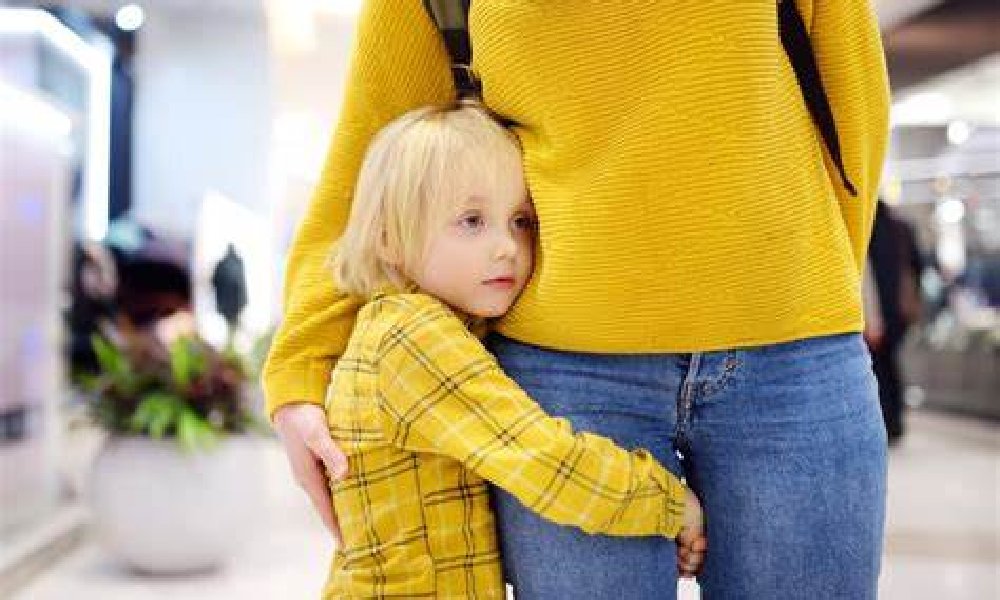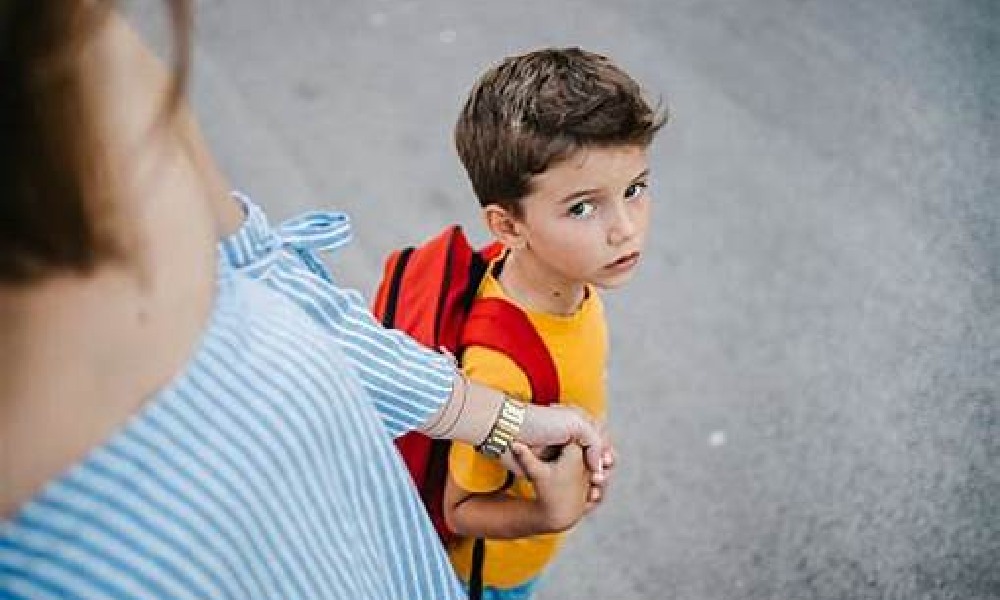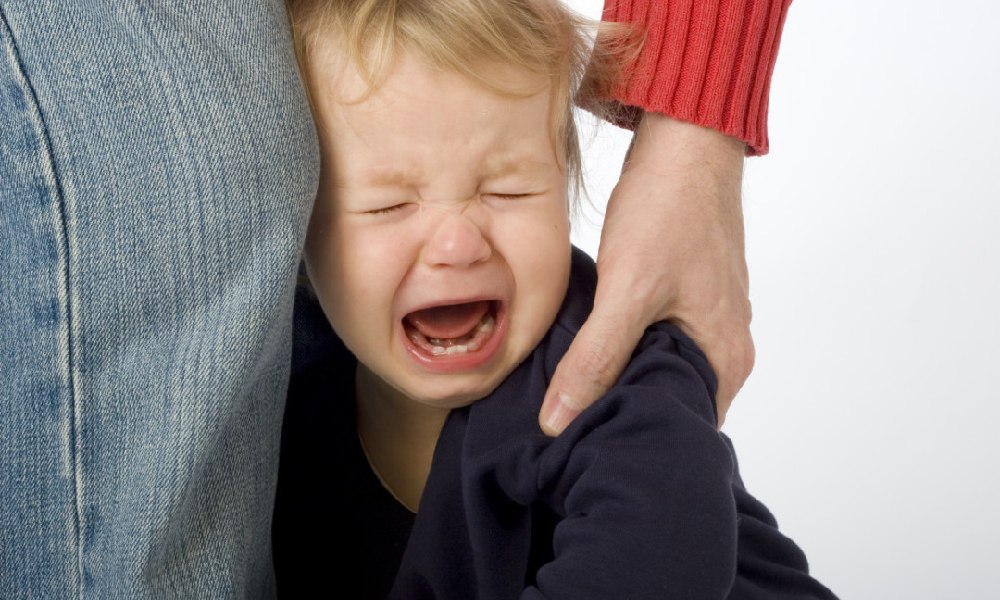Here are some key points about separation anxiety in children:
1. Definition:
– Separation anxiety is a normal developmental phase where young children experience distress when separated from their primary caregivers, usually parents.
2. Onset and Duration:
– Separation anxiety typically begins around 8-14 months of age and peaks between 12-18 months.
– It is a common and temporary phase that most children outgrow by the time they are 3-4 years old.
3. Symptoms:
– Crying, clinging, or tantrums when a parent leaves
– Refusal to go to school or other activities without a parent
– Physical symptoms like stomachaches or headaches
– Nightmares or difficulty sleeping
4. Causes:
– Developmental stage – Young children have difficulty understanding that a parent’s absence is temporary.
– Attachment – Children form strong emotional bonds with their caregivers, which can make separations difficult.
– Temperament – Some children are more prone to anxiety and have a harder time adjusting to changes.
5. Coping Strategies:
– Establish predictable routines and rituals for drop-offs
– Provide comfort items like a favorite toy or blanket
– Use positive reinforcement and praise for coping well
– Gradually increase the duration of separations
– Involve the child in drop-off preparations
– Seek professional help if separation anxiety persists or interferes with daily life
6. Supporting the Child:
– Validate the child’s feelings and provide empathy
– Avoid prolonged goodbyes, which can reinforce the anxiety
– Reassure the child that you will return, and follow through
– Encourage the child to engage in activities to distract from the separation

Separation anxiety is a normal part of child development, and with patience and appropriate strategies, most children overcome it over time. Seeking support from pediatricians or mental health professionals can be helpful if the anxiety is severe or persistent.
How can parents help their children cope with separation anxiety?
Here are some effective strategies parents can use to help their children cope with separation anxiety:
1. Establish Predictable Routines:
– Create a consistent drop-off routine, such as a hug, high-five, and a specific goodbye phrase.
– Maintain the same schedule for activities, mealtimes, and bedtimes to provide a sense of security.
2. Use Comfort Items:
– Allow the child to bring a favorite toy, stuffed animal, or blanket to provide a sense of familiarity and security during separations.
– These items can serve as a transitional object to help the child feel connected to the parent.
3. Practice Gradual Separations:
– Start with very short separations, such as a parent leaving the room for a few minutes, and gradually increase the duration over time.
– This helps the child learn that the parent will return and that the separation is temporary.
4. Provide Positive Reinforcement:
– Praise and reward the child when they cope well with a separation, even if they initially experience distress.

– This reinforces the desired behavior and helps build the child’s confidence.
5. Validate and Empathize:
– Acknowledge the child’s feelings of anxiety and reassure them that it’s normal to miss the parent.
– Use calming, soothing language to help the child feel understood and supported.
6. Avoid Prolonged Goodbyes:
– Keep drop-offs brief and matter-of-fact, as drawn-out goodbyes can reinforce the child’s anxiety.
– Assure the child that you will return, and then leave promptly.
7. Involve the Child:
– Encourage the child to participate in packing a backpack or picking out an outfit for the day’s activities.
– This can help the child feel more prepared and in control during the separation.
8. Seek Professional Support:
– If the separation anxiety is severe or persists, consider consulting a child therapist or counselor.
– They can provide additional strategies and support for both the child and the parents.
By implementing these strategies consistently, parents can help their children develop the skills and confidence to cope with separation anxiety, ultimately fostering their independence and emotional well-being.
What are some effective techniques to soothe a child’s separation anxiety?
Here are some effective techniques to help soothe a child’s separation anxiety:

1. Calming Presence:
– Hold, rock, or cuddle the child to provide a sense of security and comfort.
– Use a soft, gentle tone of voice and make eye contact to convey a sense of calmness.
2. Breathing Exercises:
– Teach the child simple breathing techniques, such as taking slow, deep breaths or blowing bubbles.
– This can help the child self-regulate their emotions and reduce feelings of anxiety.
3. Distraction and Redirection:
– Engage the child in a preferred activity or game to shift their focus away from the separation.
– Suggest reading a book, playing with a favorite toy, or singing a song together.
4. Transitional Objects:
– Encourage the child to bring a familiar and comforting item, such as a stuffed animal or blanket, to help soothe them during the separation.
– This can provide a sense of security and connection to the parent.
5. Visualization and Storytelling:
– Use imaginative play to help the child visualize the parent returning or engage in a positive story about the reunion.
– This can help the child develop a more positive association with the separation and reunion.
6. Gradual Exposure:
– Start with short separations and gradually increase the duration over time, allowing the child to build coping skills.
– Praise and reward the child for their efforts, even if they initially experience distress.
7. Positive Affirmations:
– Offer reassuring statements, such as “Mommy/Daddy will be back soon” or “You’re doing a great job.”
– Reinforce the child’s ability to cope with the separation.
8. Relaxation Techniques:
– Teach the child simple relaxation exercises, such as progressive muscle relaxation or visualization, to help manage anxiety.
– This can be particularly helpful during drop-off times or other separation situations.
Remember, it’s important to be patient and consistent when applying these techniques. With time and practice, the child’s anxiety can be reduced, and they can develop the skills to manage separation more effectively.





